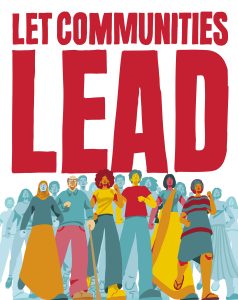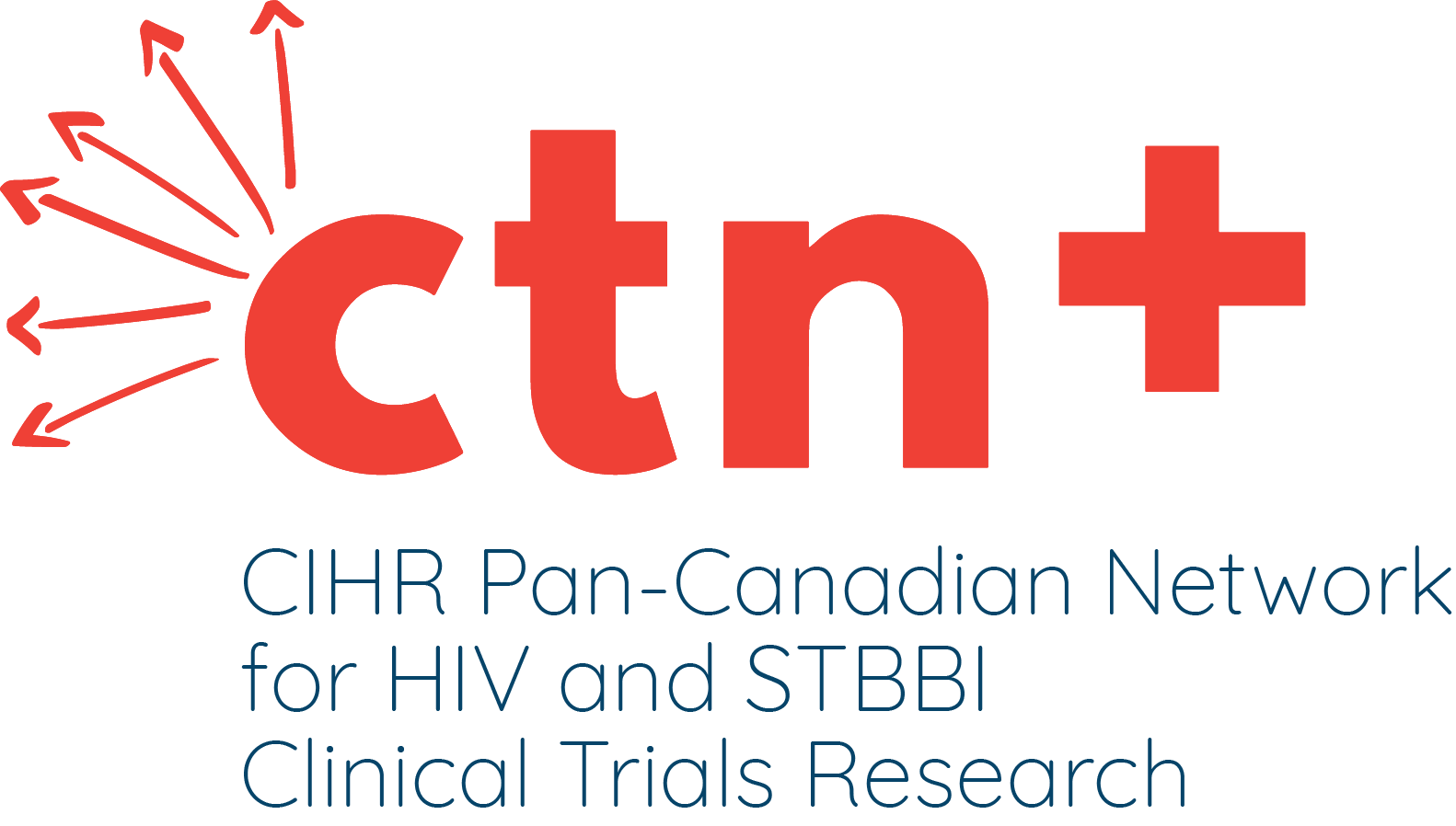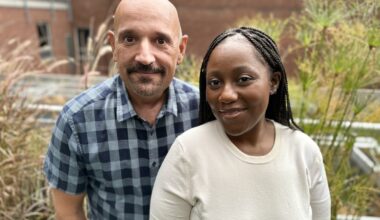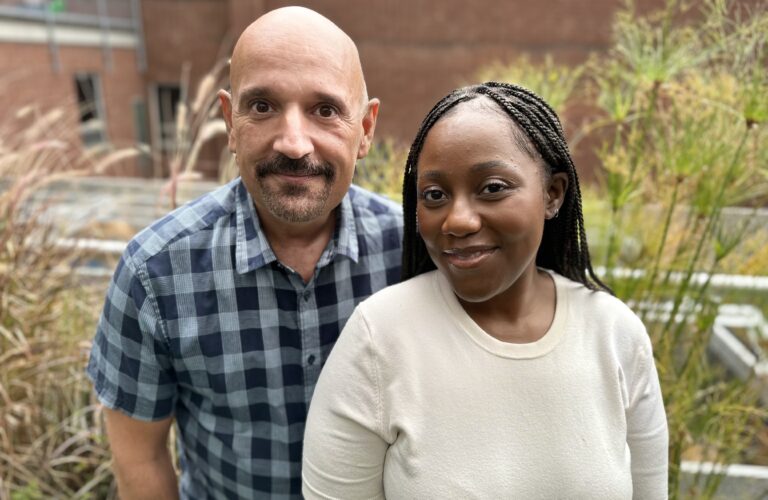World AIDS Day
December 1 is World AIDS Day, a global event that transcends borders and unites communities in the efforts against HIV. Since 1988, this day has symbolized strength and unity against the stigma surrounding HIV and a time to remember those we’ve lost. It’s a chance to look at what has been achieved and what still needs to be done.
In Canada alone, more than 70,000 people live with HIV, and globally, the number is around 39 million. Tragically, over the past forty years more than 35 million people have died, making it one of the most devastating pandemics in human history.
 However, World AIDS Day is more than a day of remembrance. It’s also about understanding and learning from the experiences of those living with HIV today. It’s a moment to celebrate the incredible strength, resilience, and diversity of the communities most impacted by the pandemic.
However, World AIDS Day is more than a day of remembrance. It’s also about understanding and learning from the experiences of those living with HIV today. It’s a moment to celebrate the incredible strength, resilience, and diversity of the communities most impacted by the pandemic.
Each year, World AIDS Day focuses on a specific theme. This year’s theme is “Let Communities Lead.” It’s a reminder that communities play a central role in ending the spread of HIV. A reminder that it is the communities themselves that are the driving force in the HIV response, connecting people with health services, fostering trust, driving innovation, overseeing policy and service implementation, and holding those responsible accountable.
We have seen the remarkable impact of this community-driven approach with the CTN’s own Community Advisory Committee (CAC). For thirty years, this incredible group has been our trusted guiding voice and partner in discovery, reviewing every study submitted to the CTN to ensure that researchers consider the priorities and concerns of Canadians living with HIV. This World AIDS Day, let’s empower and support these communities as they take the lead.
The challenge of chronic pain
In our efforts to address HIV, chronic pain is an enduring challenge for people living with HIV (PLWH).
Surprisingly, even with effective treatment, PLWH are more likely to report experiencing pain compared to those without the virus. In fact, more than half of PLWH will experience chronic pain throughout their lifetimes, with increasing prevalence as they age.
Pain has multiple dimensions and serves as an indicator of physical damage. It can result from physical exertion such as exercise and is even utilized as a form of purification in religious and bodily practices. Whether it’s in one’s bones, muscles, or internal organs, pain can take various forms, and understanding it helps in finding the right way to deal with it.
Short-term pain may result from secondary infections, injuries, or surgery and typically subsides as the body heals with proper care and treatment. However, for a significant number of PLWH, chronic pain becomes a long-lasting companion on their journey. One form of chronic pain related to HIV is peripheral neuropathy, which causes numbness or pain in the hands and feet, muscle weakness, tingling sensations, and heightened sensitivity to pain. Importantly, emotional pain, particularly the distress caused by social stigma, can also manifest physically, demonstrating the intricate connection between pain and our social environment.
Despite advances in HIV treatment that have improved life expectancy, the weight of chronic pain can significantly diminish overall quality of life for PLWH, highlighting the need for compassionate attention to this silent struggle. This is where CTN 340 comes in.
CTN 340: Living with HIV and chronic pain in Canada
Dr. Francisco Ibáñez-Carrasco, the CTN Investigator leading this study, and person living with HIV

Dr. Francisco Ibáñez-Carasco
for 38 years, emphasized the importance of this exploration. “Alarming statistics reveal that a significant number of Canadians living with HIV grapple with the persistent agony of chronic pain. Their struggles are compounded by the impact of stigma, rooted in HIV status, race, ethnicity, gender, and sexual orientation,” he highlighted. “From historical bias and discrimination to the silence that stems from fear to the adverse consequences on mental health and social connections, and a lack of awareness among health care providers, access to pain management is hampered.”
The need to forge a path to more inclusive, compassionate, and effective care is clear. CTN 340 has a three-fold mission: First, to be assisted by a group of community leaders acting as peer researchers who are collaborating with technical researchers and community partners. Second, to investigate chronic pain experiences in adults living with HIV in Canada, shining a light on the perspectives of PLWH and those supporting them. And finally, to ensure all stakeholders remain informed and engaged with the study’s findings throughout the project.
Let communities lead
Until now, understanding how PLWH experience chronic pain has been clinical. To bridge this gap to social and spiritual forms of pain, the team is delving into how PLWH, especially those aging with HIV, manage various forms of chronic pain. This includes exploring how pain is a bodily warning of other conditions at work and different means of managing pain, including complementary and integrative health, substance use, polypharmacy, and other methods such as BDSM practices. It is also important to understand whether health care and other service providers are attuned to how PLWH cope with chronic pain and whether these resources adequately address their needs. A community-based research approach will be used, enabling individual participation of PLWH through surveys and collective discussions to reveal the experiences of pain, treatment, access, and impact for PLWH, clinicians, and non-profit staff.
“What sets this work apart is the exceptional synergy of experience and innovation it embodies. Our interdisciplinary collaboration includes peer researchers, each boasting a decade of hands-on experience in the research realm,” Dr. Ibáñez-Carrasco explained. “This vibrant diversity of perspectives, voices, practices, and insights thrives within our community-based research ecosystem.”
The peer researchers working group is made up of six seasoned peer researchers. And as Dr. Ibáñez-Carasco says, “They’re helping us fine-tune our questions, they’ve already worked their magic on the online survey, and will shape the analyses, and identify the knowledge-sharing activities to broadcast messages in practical ways.”
In the second phase of the study, participants from across Canada will discuss and prioritize key results from the online survey. The results, or statements, produced by the online survey and focus groups will be ranked by participants in terms of importance. The statements that are most important to the participants will be transformed into recommendations by the team and shared with clinicians, policymakers, AIDS service organizations, and PLWH. The ultimate goal is to provide pain scientists, health care providers, social services, non-profits, and communities with data to drive trials, observational research, and program planning on the ground. Understanding and addressing the complexities of chronic pain in PLWH is not just a medical concern; it’s a fundamental step toward improving the overall well-being and quality of life for those living with HIV.
To find out more and to follow along with the study’s progress, you can visit the Chronic Pain and HIV website.






